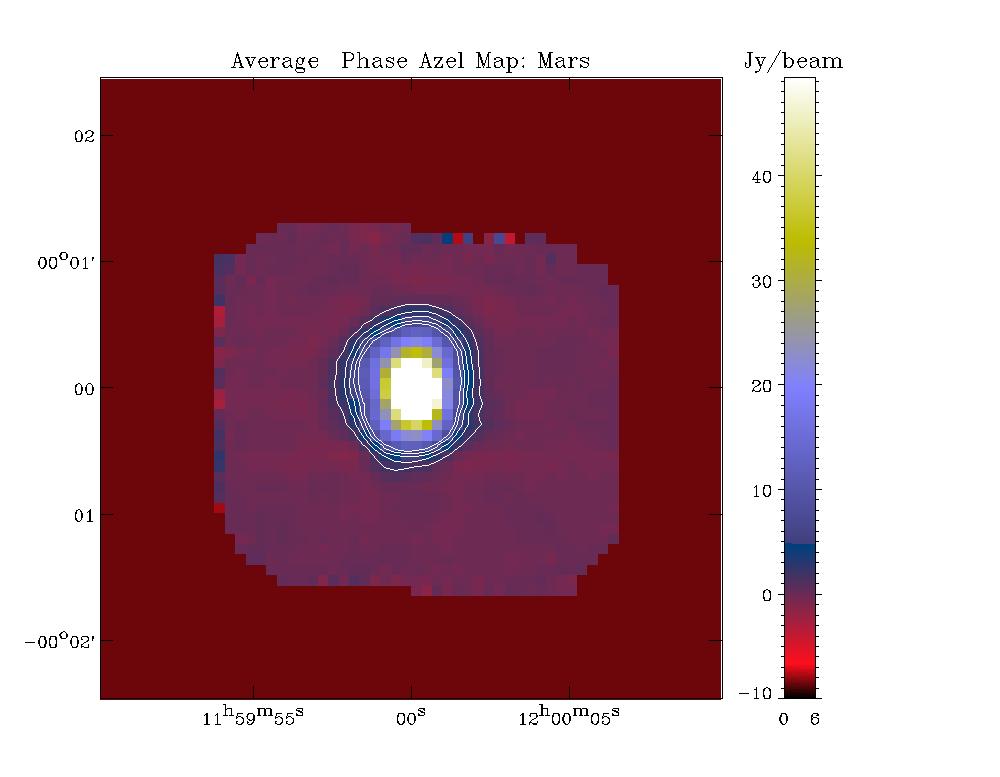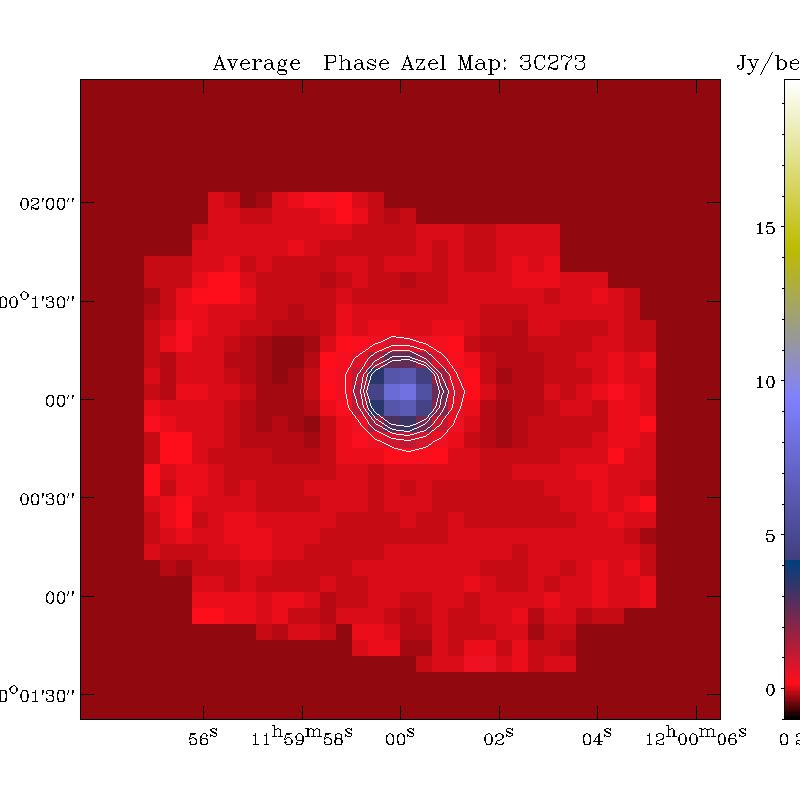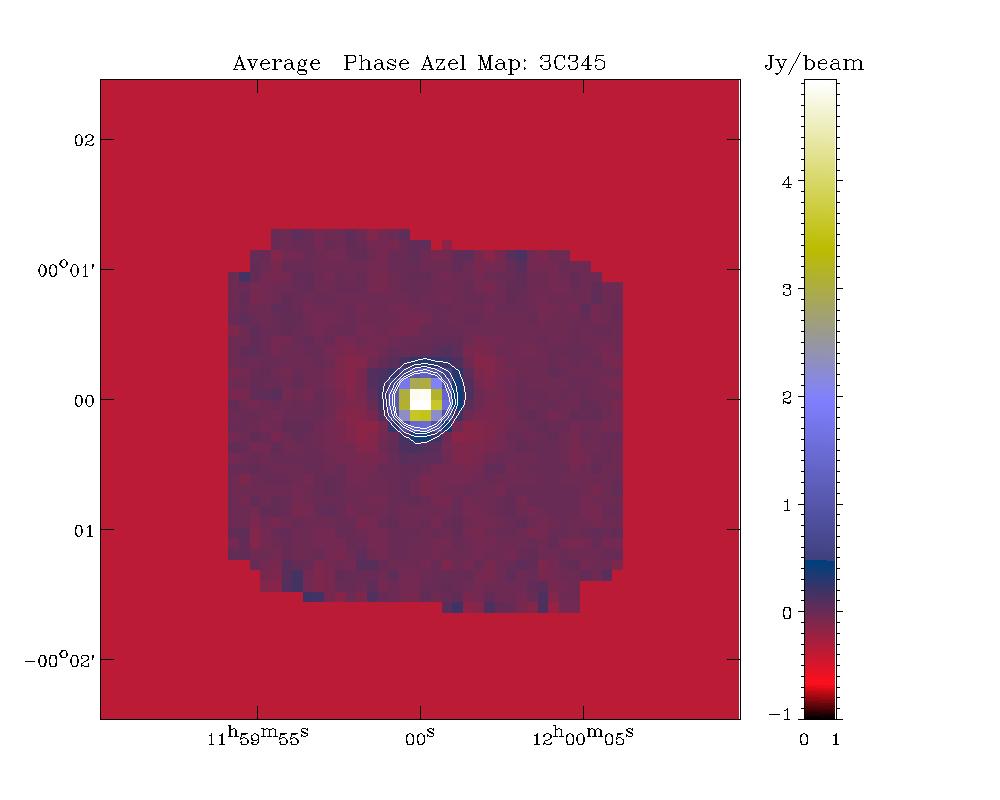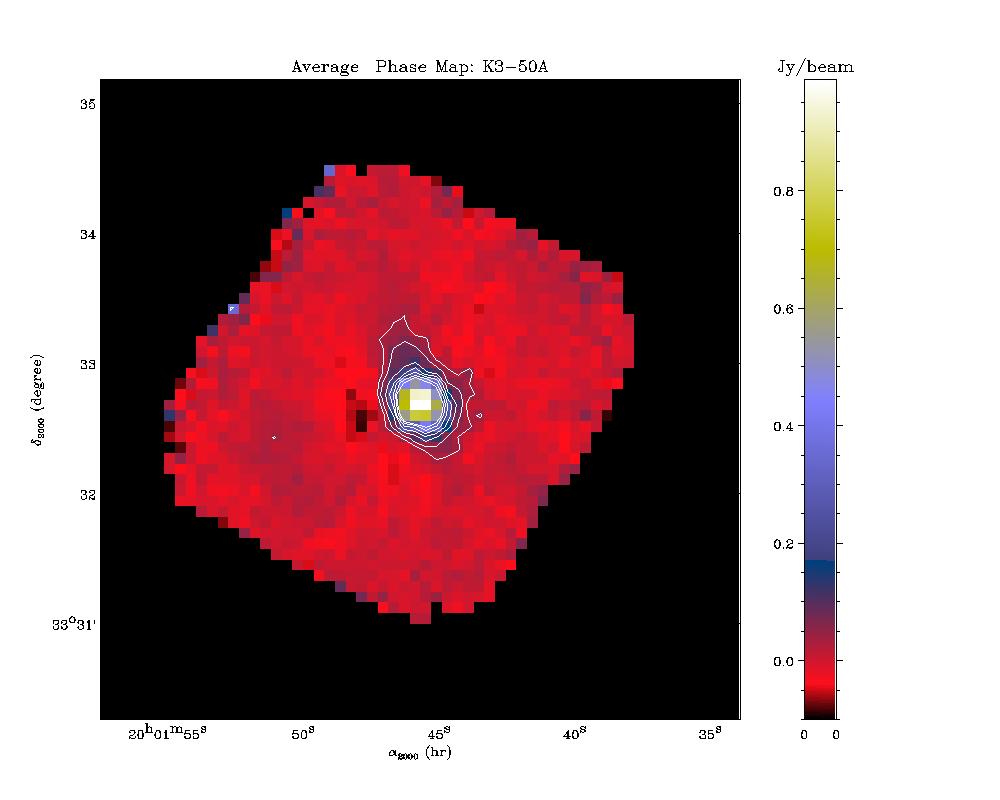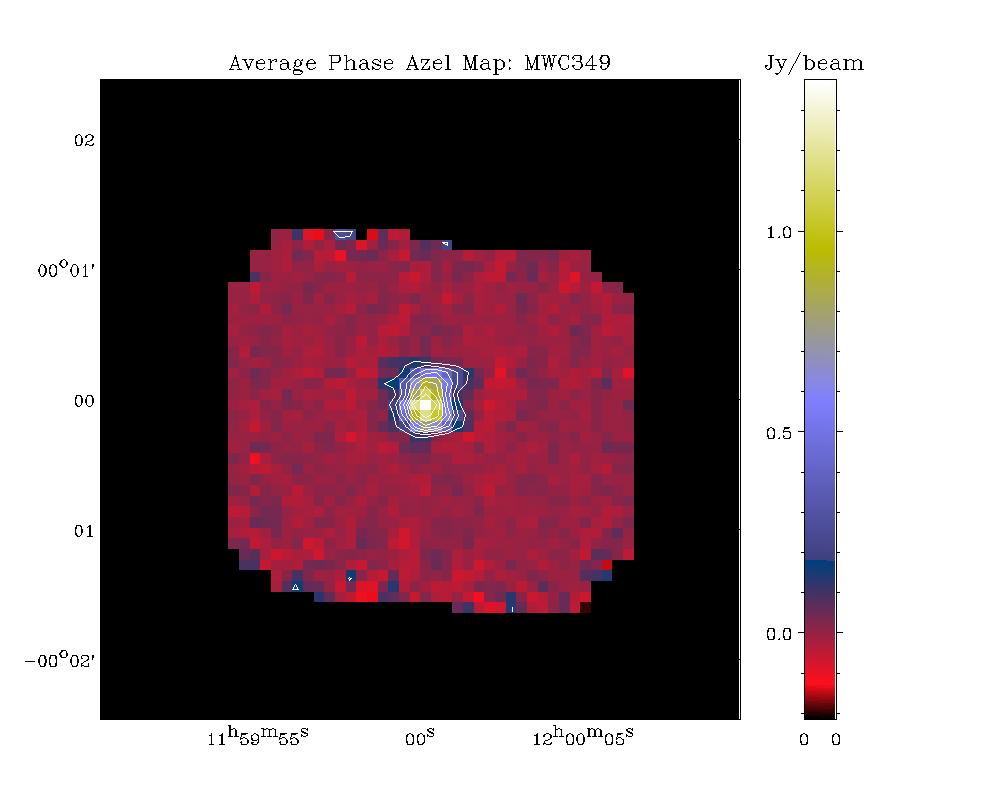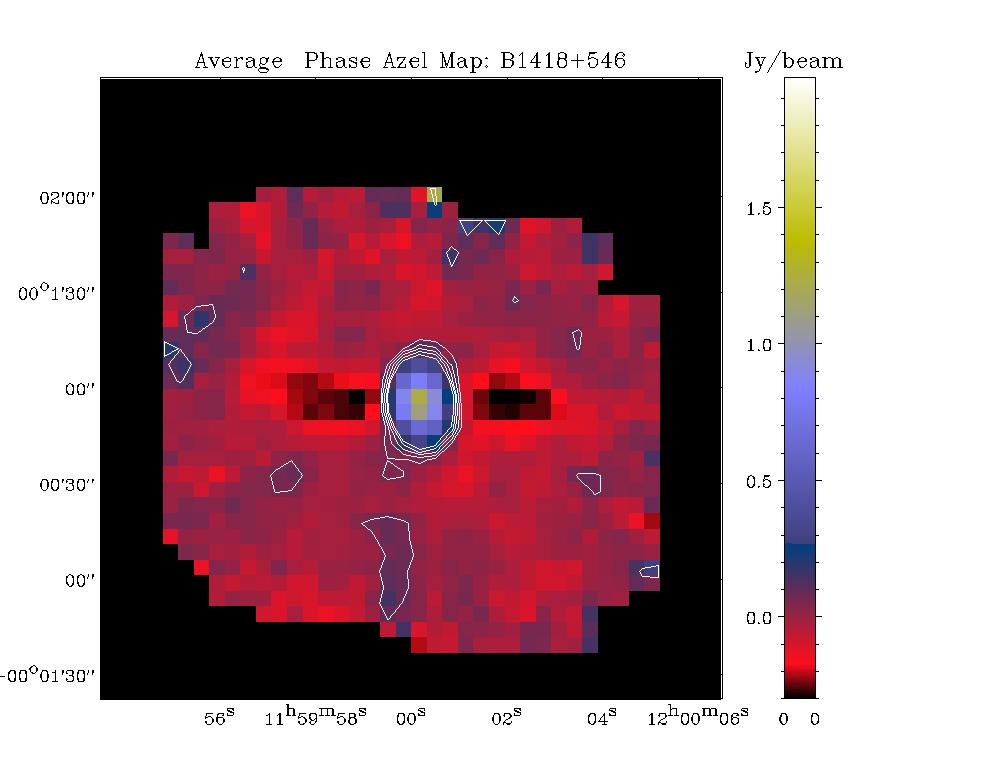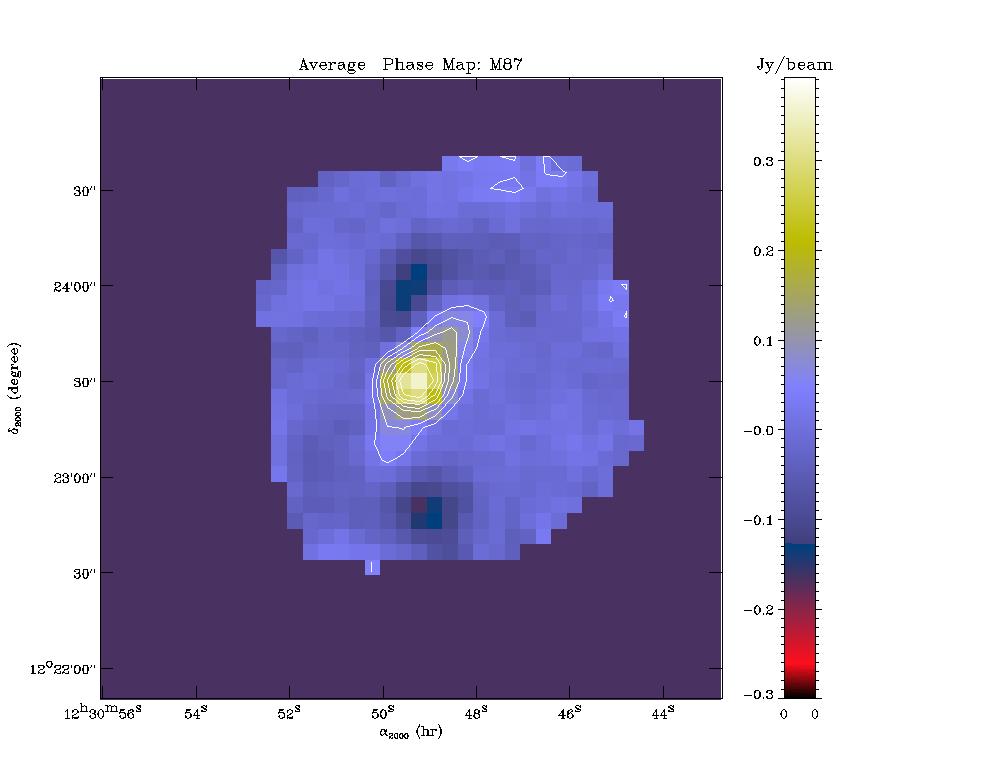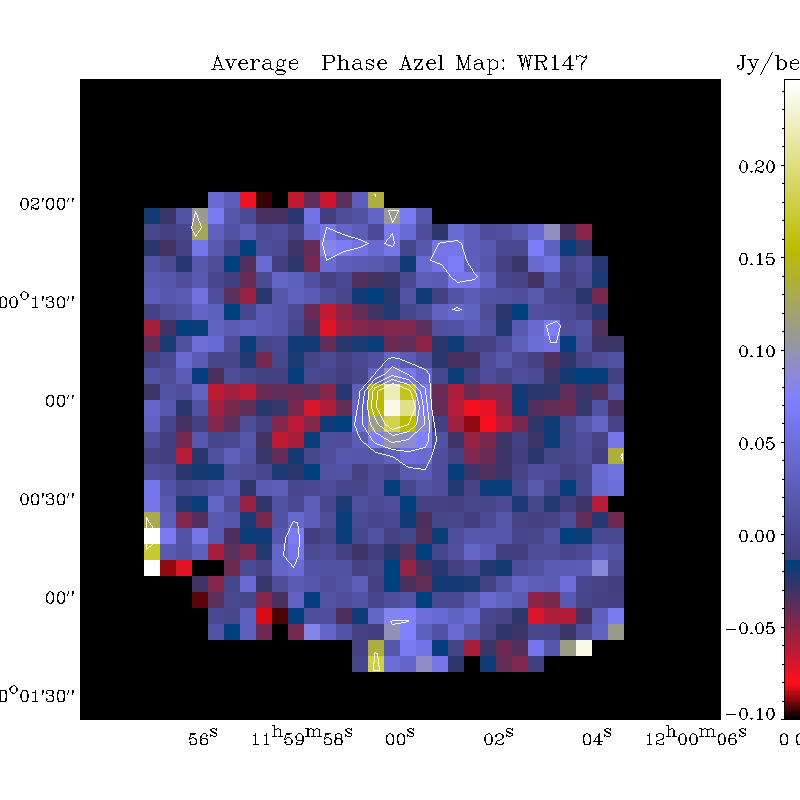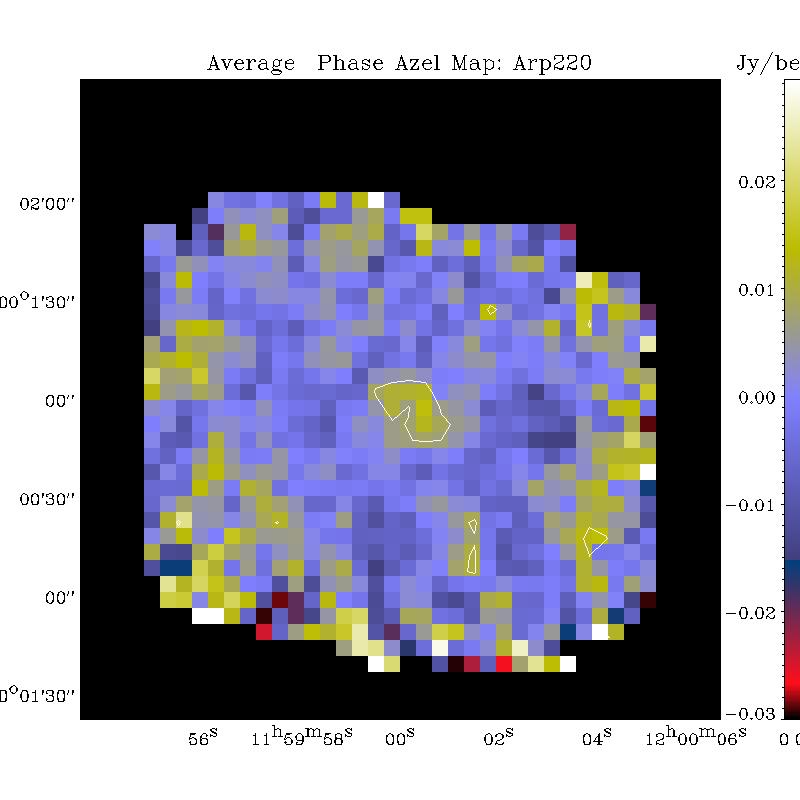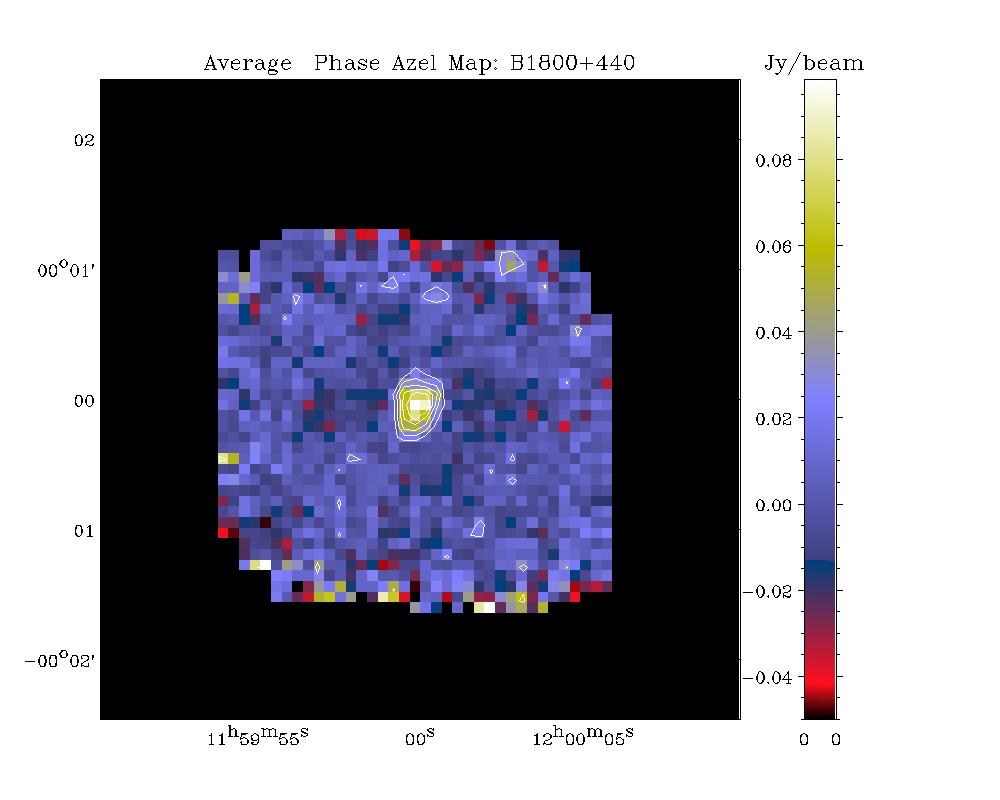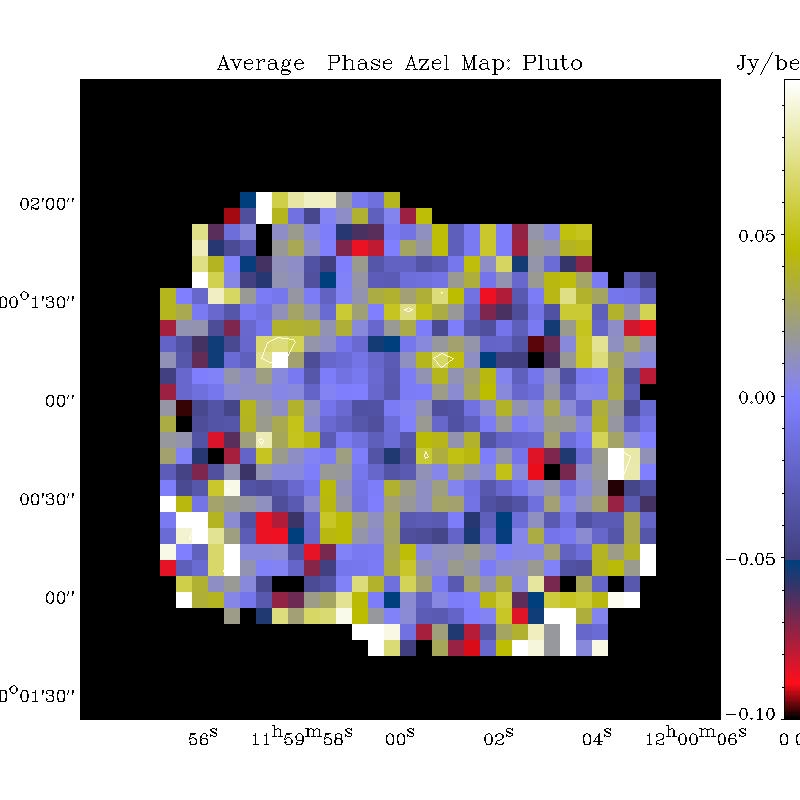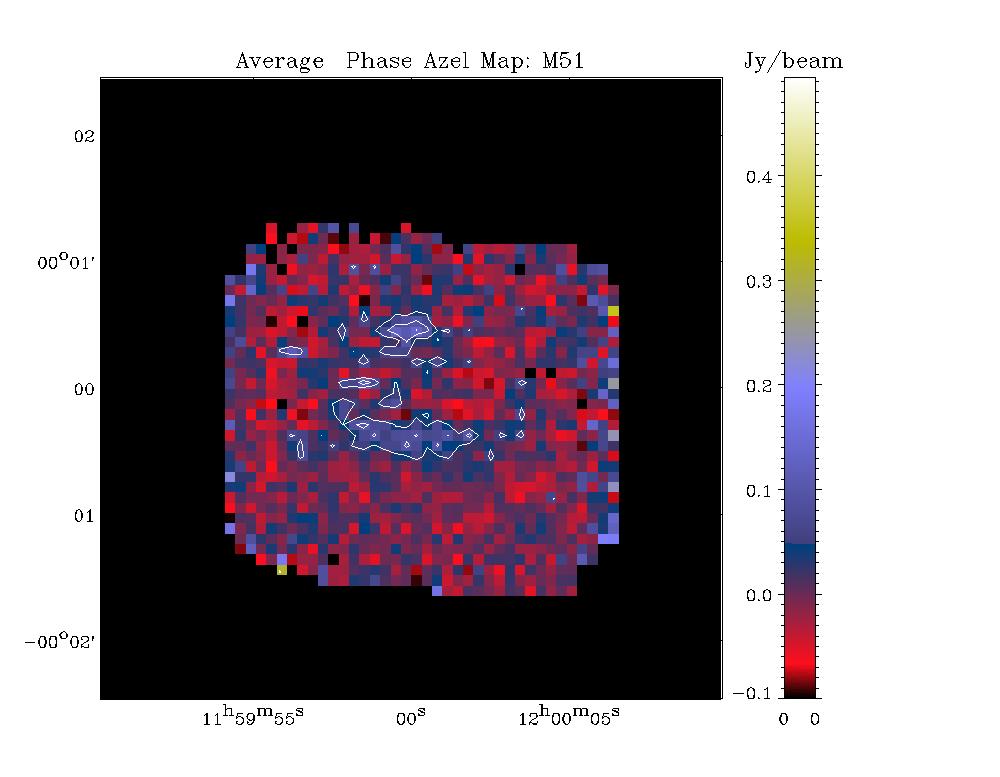NIKA Run 1 offline processing results (FXD)
In principle, efficiencies due to the filtering method have been taken into account
Source |
Date |
Flux |
Stat. Error |
Comments |
Map |
Scan info |
Mars |
20091024... |
130Jy |
- |
Primary calibrator |
|
60-67 |
3C273 |
2009102 5 & 7 |
13.1Jy |
0.1 |
|
|
66-67 |
3C345 |
20091024 |
5.051Jy |
0.009 |
|
|
69-72 |
G34.3 |
20091024 |
4.761Jy |
0.024 |
Peak flux, source is extended, |
|
106 |
K3_50A |
20091024 |
1.442Jy |
0.008 |
Peak flux, source is extended |
|
102-104 |
MWC349 |
20091024 |
1.364Jy |
0.010 |
|
|
94-96 |
B1418+546 |
20091024 |
1.18Jy |
0.040 |
Flux decreasing (known reasons) |
|
75-82 |
M87 |
20091027 |
~0.8Jy |
|
Extended , det. eff decreasing |
|
84-96 |
WR147 |
20091025 |
263mJy |
24 |
Detected. |
|
129-148 |
Arp220=IC4553 |
20091025 |
114mJy |
18mJy |
|
|
|
B1800+440 |
20091024 |
103mJy |
7mJy |
|
|
98-99 |
PCyg |
20091024 |
28mJy |
4mJy |
|
|
84-92 |
Pluto |
20091025 |
12mJy |
23 |
Not detected |
|
93-102 |
GRB091024 |
20091024 |
6.6mJy |
4.8mJy |
Heavy weight on first 2 scans |
|
18scans, 115-137 |
M51 |
20091024 |
1.5mJy |
12mJy |
PS flux at the center, no detection |
|
108-113 |
Arp220: Expect 43mJy (from 1 to 3 mm PdB interpolate), result a bit high, One article quote 88+-8
G34.3: Sandell gives 12.5 Jy in 27" photometry
WR147: Expected is 200mJy Altenhoff, 1994, but some variability expected
Pluto: 35K (Stern Science 1993, 261, 5129), expect 4 mJy
Note on sensitivity
We neglect atm. opacity effect ( between 5 and 10% at most)
* NEFDscan= 276 mJy s1/2 for 120x120 arcsecond field (eg M51)
- NEFDscan= 200 for 90x90 (eg GRB)
NEFDscan= [ NEFDdet/ sqrt(Ndet) ] * sqrt( Omega/ Airy) with Omega being the field solid angle (eg 120x120) and Airy is the Airy solid angle (taken as corresponding to a disk of 19" diameter).
Hence we get NEFDdet=190 mJy s1/2 (compatible with 120 and 90 arcsecond size field observations) For 2 GRB scans, we even got 90 mJy s1/2 but we agree that it is advisable NOT to publish that number as it is not representative of the campaign.
* NEFDairy= NEFDdet/sqrt(Kovers) Kovers=1/0.632=2.5 (pessimistic)
NEFDairy= 120 mJy s1/2
that can be compared with a classical single horn bolometer sensitivity. Let us keep in mind that this is one polarization KID. To really compare we have to divide by a factor between 2 and sqrt(2). We have also purposedly used the average sensitivity of all the kids (as obtained from NEFDscan) and not the best ones. That's another factor 1.5 to 2 if we could homogeneize the array. So, all in all the NIKA Oct 2009 sensitivity becomes (30 to 60 mJy s1/2) comparable to Mambo2 (35 mJy s1/2 at zenith) although at different frequencies
* To convert to NET, we use the total beam of 0.15 arcmin2 as obtained from aperture photometry. This is correct for diffuse extended sources. Mars at 205K is diluted by the beam by a factor 0.103 so that Mars (167 Jy at 2.1mm) is equivalent to a 21.2K blackbody so that NETairy= NEFDairy* 21.2/167Jy=
NETairy = 15 mK s1/2
* Going to a more uncertain number the NEP: Using DeltaNu/Nu=0.3, a total transmission of 0.30 (for example an instrument transmission of 0.6 and a main beam efficiency of 0.5) and one polarization, I get, in agreement with Alessandro, that the power from Mars on the central pixel is 1.4 pW, but I use 0.8 pW to take into account the larger spread of the beam (factor 1.7=3.6/5*2.3) hence the NEFDdet converts to (back to Hz1/2) NEP= sqrt(2) 0.8E-12/167* 190E-3=
NEP = 1.3 E-15 W/sqrt(Hz)
Overall, an increase by a factor 5 in sensitivity is withing reach for the next campaign, by gaining on - the homogeneity - the noise - the spectral bandpass - the straylight
For the article, I would quote NEFDairy (useful for astronomers), NET (useful for cosmology and extended source) and NEP (useful for Kid makers, no kidding)

